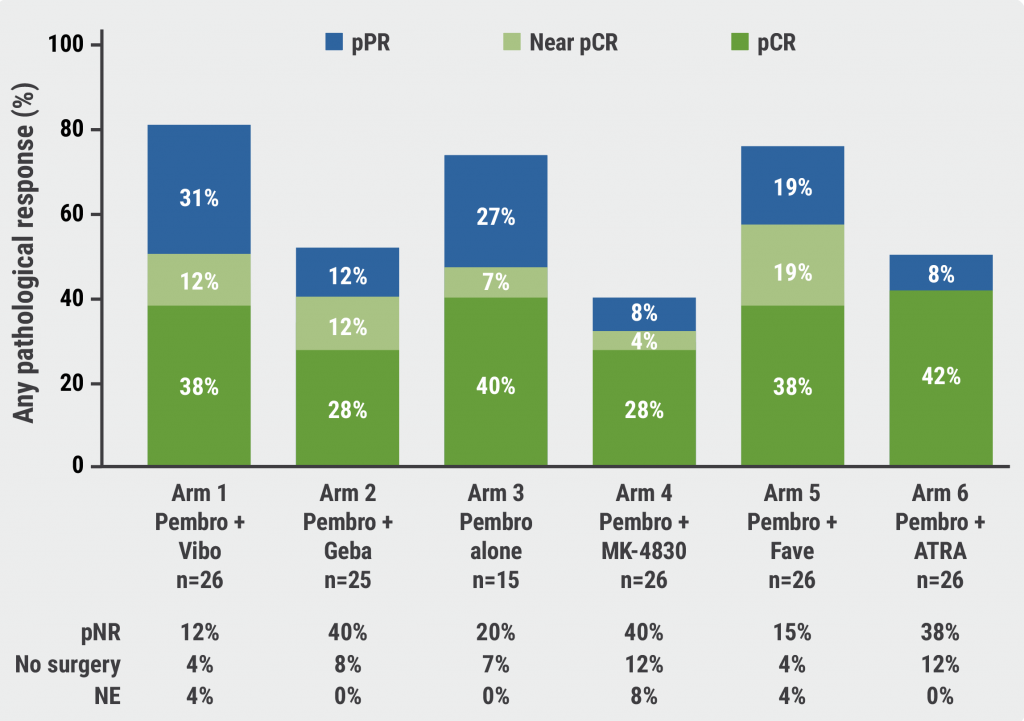Methods
The analysis included 161 adult patients who underwent allogeneic hematopoietic stem cell transplantation (HSCT). Patients were classified using the newly introduced diagnostic categories: probable, clinical, and proven SOS/VOD. Data were collected from patient records, focusing on clinical signs, laboratory findings, and non-invasive imaging results. The effectiveness of the EASIX-d0 biomarker and the use of the Sequential Organ Failure Assessment (SOFA) score for severity grading were also assessed. The study aimed to determine the accuracy, sensitivity, and practical utility of the refined criteria in real-world clinical settings.
Key Findings of the Study
- Diagnostic Categories:
- The study identified 53 probable SOS/VOD, 23 clinical SOS/VOD, and 4 proven SOS/VOD cases based on the refined EBMT criteria 2023. These new diagnostic categories allowed for a more comprehensive classification of SOS/VOD cases.
- Early Diagnosis:
- Probable SOS/VOD was diagnosed a median of 5.0 days earlier than clinical SOS/VOD, highlighting the importance of early detection enabled by the refined criteria.
- Survival Proportion:
- The development of probable SOS/VOD alone was associated with a significantly inferior survival proportion compared to non-SOS/VOD cases, emphasising the impact of timely diagnosis on patient outcomes.
- SOFA Score:
- The presence of multiple organ dysfunction (MOD), estimated using the SOFA score, was found to significantly predict prognosis in SOS/VOD cases, indicating the value of incorporating the SOFA score into severity grading.
- Overall Utility:
- The study demonstrated that the refined EBMT criteria 2023 improved the diagnosis and severity grading of SOS/VOD, providing valuable insights for clinical management and prognostic assessment in allogeneic HSCT patients.
Implications for Clinical Practice
The study's results underscore the significant impact of the refined EBMT criteria on clinical practice. By providing a more comprehensive and accurate framework for diagnosing and managing VOD, these criteria enable healthcare providers to:
- Improve Early Detection: The ability to identify VOD at earlier stages through reliable biomarkers and non-invasive imaging means that interventions can be initiated sooner, potentially preventing disease progression.
- Enhance Risk Stratification: Classifying risk factors and using the EASIX-d0 biomarker allows clinicians to identify high-risk patients and apply targeted preventive measures.
- Tailor Treatments: The severity grading system and SOFA score enable personalised treatment plans, ensuring that patients receive the appropriate level of care based on the severity of their condition.
Future Directions
While the study validates the utility of the refined EBMT criteria, it also opens the door for further research. Ongoing clinical trials and studies will be essential to continue improving these guidelines and exploring new diagnostic and therapeutic options. The integration of precision medicine and personalized treatment approaches remains a promising area for future advancements.
Conclusion
The publication of the study on the utility of the refined EBMT diagnostic and severity criteria for Veno-Occlusive Disease represents a significant advancement in the field of hematopoietic stem cell transplantation and liver disease management. The validated criteria not only enhance early detection and diagnostic accuracy but also guide effective treatment strategies, ultimately leading to better patient outcomes.
For clinicians and healthcare providers, incorporating these refined criteria into routine practice is crucial. As these guidelines become standard in clinical settings, they are expected to reduce complications, improve patient care, and save lives.
The EBMT's dedication to refining and updating medical guidelines highlights the importance of continuous improvement in healthcare standards, ensuring that the latest advancements in clinical research are effectively translated into practice.
Read the full published article:
Ichikawa H, et al. Utility of the refined EBMT diagnostic and severity criteria 2023 for sinusoidal obstruction syndrome/veno-occlusive disease. Bone Marrow Transplant. 2024:59;518–525. https://doi.org/10.1038/s41409-024-02215-4
Posted on
Previous Article
« Refined diagnostic criteria for SOS/VOD in adult patients: 2023 update by the EBMT Next Article
The majority of real-world patients with CKD are not eligible for SGLT2 inhibitor trials »
« Refined diagnostic criteria for SOS/VOD in adult patients: 2023 update by the EBMT Next Article
The majority of real-world patients with CKD are not eligible for SGLT2 inhibitor trials »
Related Articles

November 4, 2024
New neoadjuvant combinations in stage III melanoma
January 3, 2022
Better breast-cancer outcomes seen with integrative care
© 2024 Medicom Medical Publishers. All rights reserved. Terms and Conditions | Privacy Policy
HEAD OFFICE
Laarderhoogtweg 25
1101 EB Amsterdam
The Netherlands
T: +31 85 4012 560
E: publishers@medicom-publishers.com

